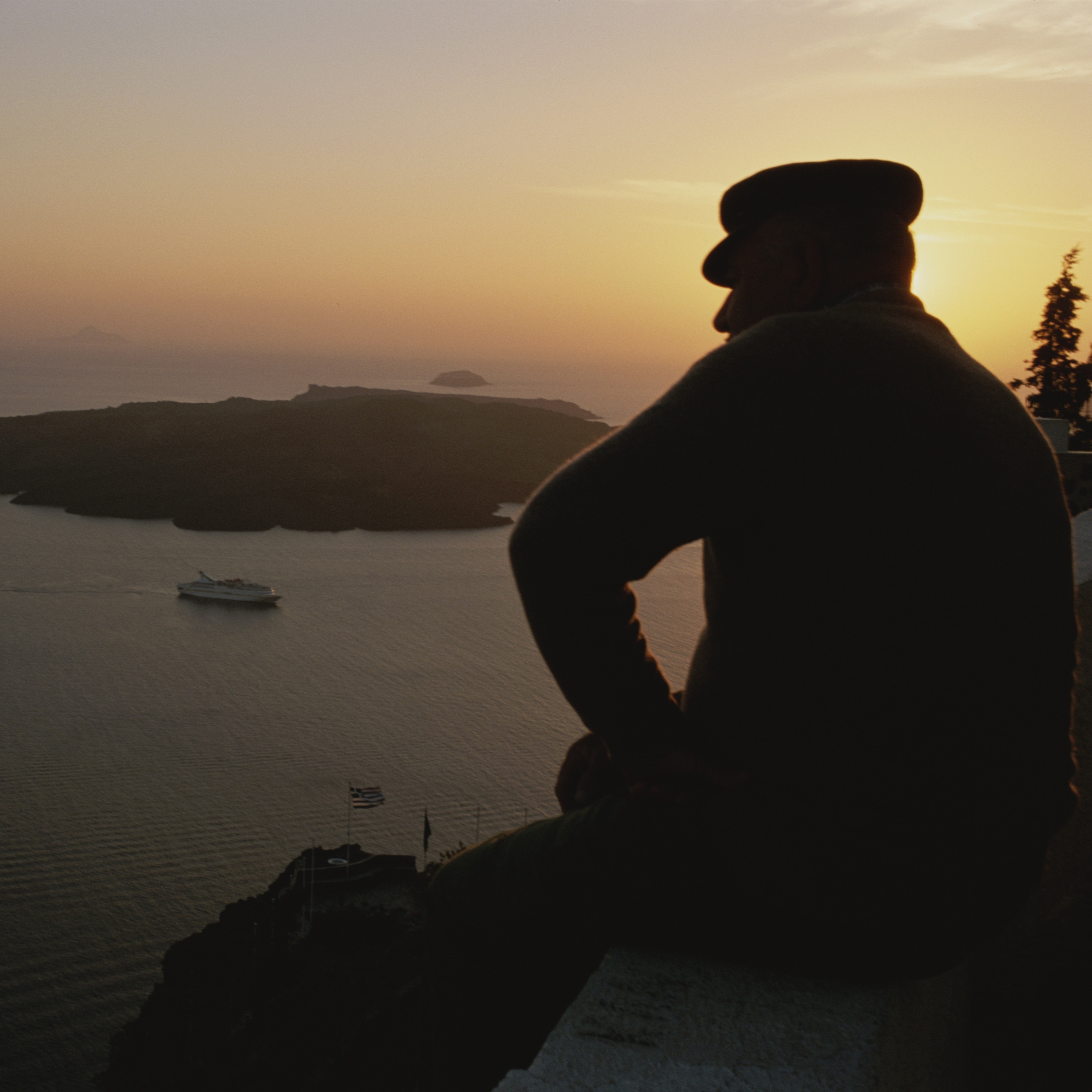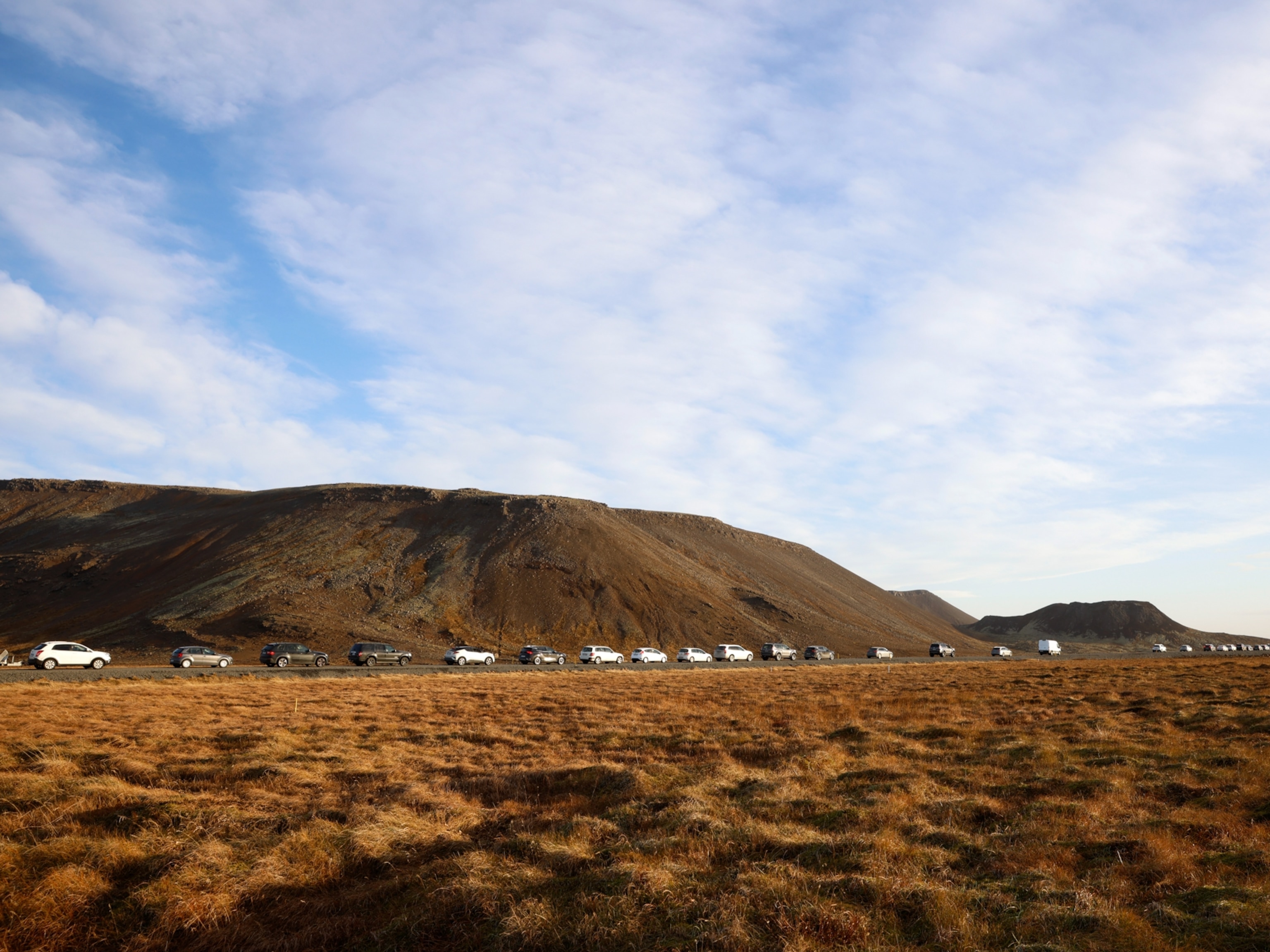Kilauea Photographers Aid Relief Effort in Hawaii Community
Sharing a deep connection to nature’s power—and people displaced by it—two photographers document destruction and help a community recover.
Warren Fintz has spent years photographing and filming the landscape on the Big Island of Hawaii, and no natural wonder has been more meaningful a subject than the constantly erupting volcano Kilauea. Fintz was on the scene, for instance, in 2016, when lava from the long-active Puʻu ʻOʻo vent began pouring into the Pacific Ocean in a glowing rock waterfall.
But he managed to miss his closest potential contact with the volcano's wrath. Two months ago, Fintz moved out of the Leilani Estates subdivision that's just been devastated by lava flows from newly opened vents, retrieving the last of his belongings only a couple weeks ago.
Commenting on the fortunate timing, the photographer muses that he must have been warned by the fire goddess Pele, who personifies Kilauea. According to traditional belief, Pele is prone to anger. Her long hair forms the coils of lava called pahoehoe, a basaltic eruption characterized by smooth, relatively slow-moving hot rock.
But even the gentle eruptions at Kilauea can cause significant damage. Since 15 new fissures opened up last week, lava has inundated the Leilani subdivision, starting fires and destroying at least 36 buildings. For the last few days, Fintz has returned to his old neighborhood to assist the relief efforts. Of the 1,700 Leilani residents who have been displaced, he estimates some 200 were in temporary shelters Tuesday afternoon. Others have received accommodations from family and friends, or in some cases, Airbnb hosts.
Among the senior citizens of Leilani, some expected their now-destroyed houses to be the last homes they'd ever need. Some residents have lost everything, sometimes from properties ineligible for insurance because of there proximity to the volcano.
Asked why people would live in this danger zone, Fintz answers without hesitation: “The absolute sheer beauty.” Leilani was actually an affordable community, offering heaven on Earth for retirees, among others. The chance to live a dream life made the gamble seem worthwhile, and the district that includes Leilani has been the fastest-growing in the state.
And until recently, Kilauea's flows, though sometimes spectacular, followed a relatively set course away from the community. According to Fintz, geologists speculate that the norm may be something quite different from now on, with Pu'u O'o and the active summit supplemented by a new vent in the area of the freshly opened fissures.
Lava that's flowed so far appears to be a remnant from an East Rift Zone eruption in 1955, Hawaiian Volcano Observatory geophysicist Jim Kauahikaua told the Hawaii Tribune-Herald. But if fresh magma reaches the surface, it will be less viscous and therefore faster moving, he cautions. The 1955 eruption eventually covered 3,900 acres over the course of 88 days, the Tribune-Herald notes. (Quick read: What's the difference between magma and lava?)
Taste the Volcano
For now, the lava flows have cooled enough to allow carefully monitored access to some of the affected homes during the daytime. Fintz reports that one of the tasks for volunteers is locating residents' pets. Other people, who have been unable to get into Leilani, have approached him and asked if their house was still there. Those affected have been frustrated by what they experience as slow and inadequate information sharing. At least one farmer couldn't check on 300 head of cattle until May 10.
Another affected area, Lanipuna Gardens, remains inaccessible, because sulfur dioxide fumes from the fissures remain at dangerous levels. Even in the accessible parts of Leilani, the smell of sulfur is pervasive. Despite wearing a filtered painter's mask, Fintz could literally taste the sulfur, describing it as feeling like glass on the tongue, and his clothes transferred traces into his car that were still noticeable away from the site.
The feeling of the emissions on the skin is a kind of stickiness, like humidity, an effect perhaps augmented by the wet weather. In the short term, at least, acid rain isn't expected to be much more likely or copious because of the sulfur dioxide levels. But the gas itself is hazardous to breathe in the concentrations present near the vents, especially for people with respiratory problems like asthma.
Clouds of smoke also make driving around the site treacherous. The vog—volcanic smog—made visibility so poor that Fintz almost drove into a huge flow blocking a road.
Despite the dangers, Fintz and his colleague Ehitu Keeling have taken every opportunity to document the damage caused by this awe-inspiring, sometimes devastating, subject.
Keeling, who has family in the area, even filmed during the dramatic overnight hours Friday through Saturday, capturing what he describes as the breathing of the vents, which sent plumes of glowing liquid into the air. Keeling says that he had always wanted to experience the lava in this way, describing it as a connection to the stories of his grandparents and the lives of his ancestors. Like Fintz, Keeling has much experience with the island's natural phenomena, including the lava, in its gentler days.
Volcanic activity along the East Rift Zone is expected to increase again, but the future duration and intensity of the new eruption pattern are still unknown.
Beyond Leilani, volcanologists also predict that the lowering of the lava lake at Kilauea's summit may lead to activity reminiscent of an historic eruption in 1924. Magma coming into contact with the water table could lead to steam-powered explosions, sending up rocks weighing 10 tons or more. The more expensive development of Volcano Estates, and the town of Volcano, have been spared the effects of the new vents but may still be in the line of fire for ejecta if there's an explosion at the summit. For that matter, ash from a more explosive eruption could fall across the island.
Still both Fintz and Keeling speak of the inspiring community spirit of volunteering and togetherness, and they look forward to being able to rebuild.
LEARN MORE about Hawaii’s volcanoes.







